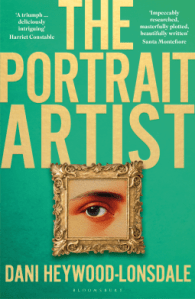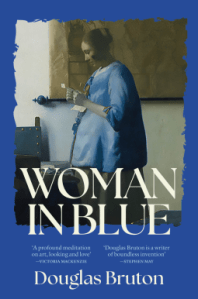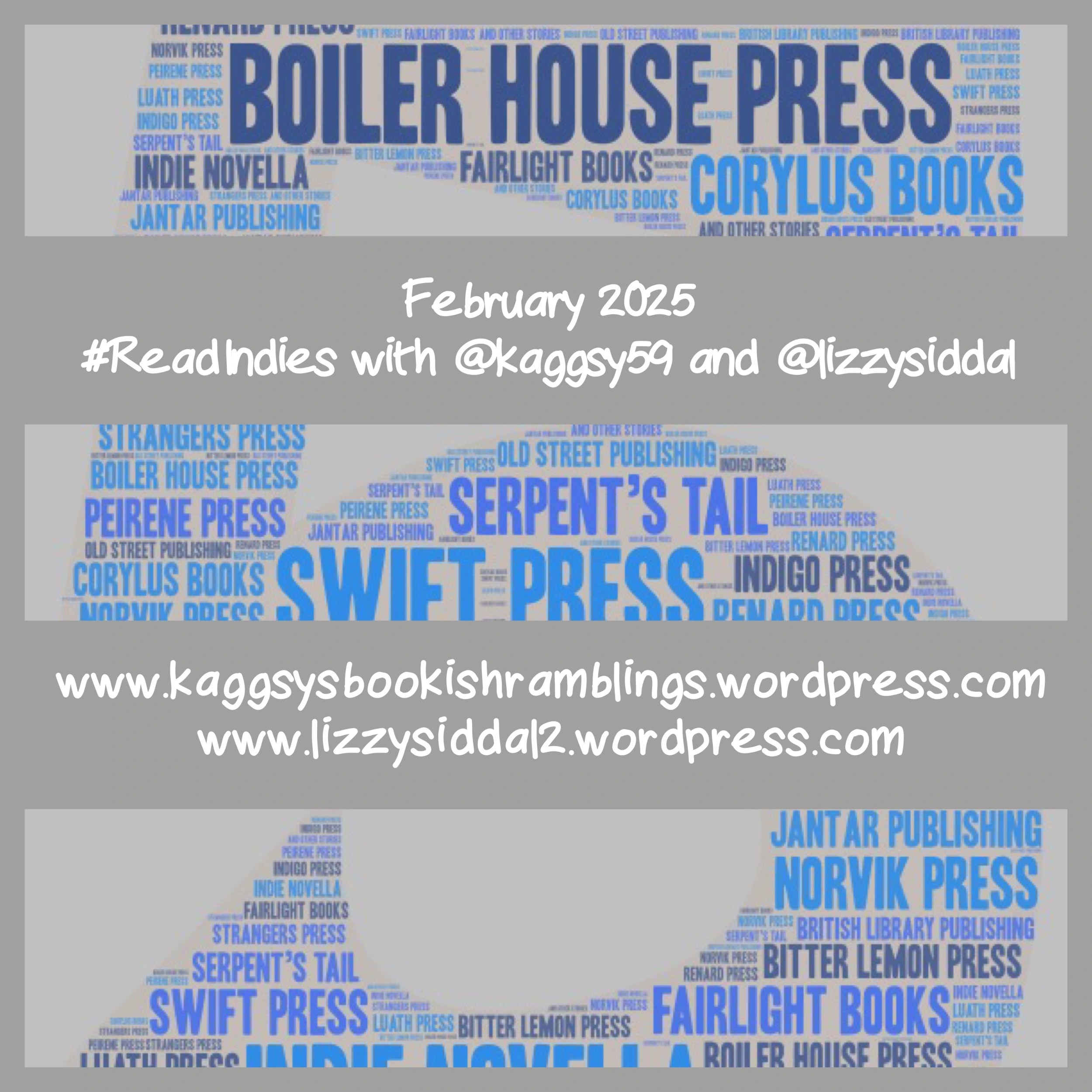 Dani Heywood-Lonsdale’s debut novel, The Portrait Artist, is an art mystery set in Victorian England with hints of the supernatural and some similarities to Oscar Wilde’s The Picture of Dorian Gray.
Dani Heywood-Lonsdale’s debut novel, The Portrait Artist, is an art mystery set in Victorian England with hints of the supernatural and some similarities to Oscar Wilde’s The Picture of Dorian Gray.
When a portrait of a Kunekune pig is left on the steps of the National Gallery in London one morning in 1890, it sends the art world into turmoil. Both the signature and the technique point to the artist being the mysterious Timothy Ponden-Hall, thought to have been dead for the last fifty years. Ponden-Hall, an explorer and painter, caused a sensation earlier in his career, when rumours spread that he had discovered the elixir of life during a sea voyage and was using it to bestow immortality on those who sat for his portraits. Does this new portrait mean the artist is still alive – and why has he started to paint again after so many decades of silence?
Art historian and Ponden-Hall expert Solomon Oak is brought in to investigate, but as he tries to interpret the new painting and its meaning, he makes some discoveries that cause him to question everything he thought he knew about the reclusive artist. Meanwhile Solomon’s daughter Alice has been befriended by Lou, the coachwoman, who gives her a job helping to deliver parcels. But why do their deliveries always take place under cover of darkness – and could Alice’s new job and new friend lead her to solve the mystery of Ponden-Hall before her father gets there first?
I enjoyed The Portrait Artist. My only problem with the book came towards the end, when the truth about Ponden-Hall was revealed. It wasn’t exactly a surprise – I had already at least partly guessed it – but it required a huge suspension of disbelief which was just too difficult for me to accept. Still, the story up to that point had been fascinating to follow. Solomon and Alice Oak are both characters I liked and I thought the complex relationship between them was handled well, with Alice feeling that she can never quite live up to the memory of her late sister Emma, who had been the closest to their father. Solomon, for his part, has to come to terms with Alice growing into a woman and not wanting to follow the path through life he has mapped out for her. Another interesting character is Grace, an artists’ model from a humble background who longs to be part of the world of academia and sees a possible route to that by involving herself in the Ponden-Hall mystery.
Heywood-Lonsdale explores a lot of different issues throughout the novel, including the idea of the dead being immortalised through art, both literally and figuratively; how adding to our knowledge of the artist and the sitter can change the way we view and appreciate a painting; and the difficulties of being of mixed race heritage in Victorian society. The supernatural element involving the question of whether youth can be preserved in a painting is mainly there to explain the level of mystique that has formed around Timothy Ponden-Hall and we can choose how much we want to believe.
Apart from my problems with the ending, I think this is an impressive first novel and I hope Dani Heywood-Lonsdale will write more.
Thanks to Bloomsbury Publishing for providing a copy of this book for review via NetGalley.









